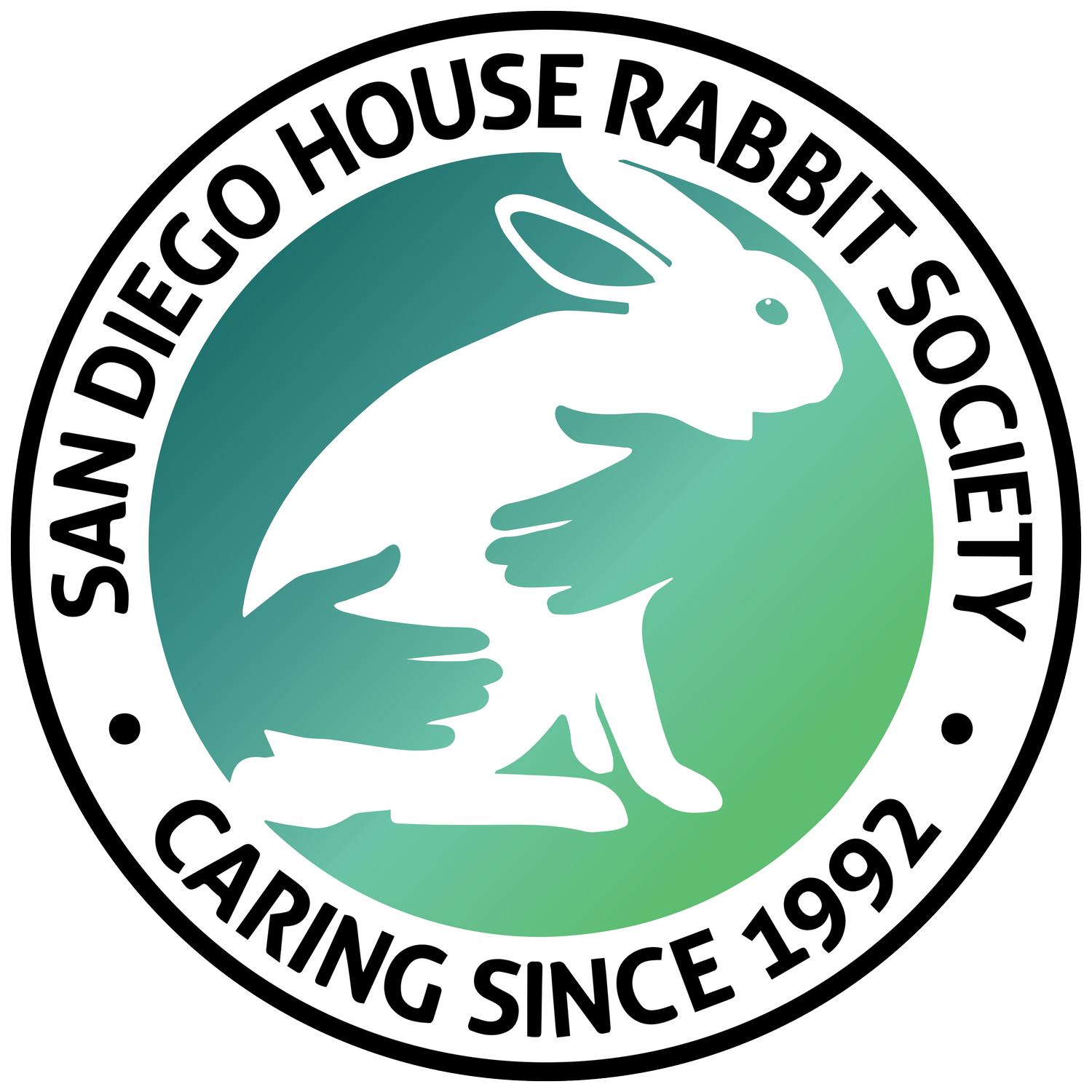Bunny Bonding Basics
Like any relationship, a new pairing of rabbits may not be love at first sight, but almost all rabbits can work out their differences enough to enjoy each other’s company. Still, the process of bonding two rabbits will take time, patience, commitment, and some work on your part.
The following tips are from SDHRS volunteers who have matched up many, many rabbits over the years.
-
Bunnies should be vaccinated for RHDV2 and quarantined for two weeks prior to being introduced to a new bunny.escription text goes here
-
Bunnies must be spayed/neutered prior to being bonded. This will prevent any hormonal responses (including and especially aggression) that will prevent the bunnies from bonding. It will also prevent unwanted pregnancies. We recommend waiting 4 weeks post spay/neuter to introduce rabbits, as it can take several weeks for bunny hormones to dissipate.
-
It is generally best to try to bond bunnies of comparable age, as this is the best chance they stand of having similar lifespans and hormones. That being said, we’ve seen 6 year old bunnies fall in love with 6 month old bunnies.
-
Tiny bunnies and giant bunnies can easily fall in love, but be extra careful to avoid potential injury during the dating process if there is a significant size difference between your bunnies.
-
After spay/neuter, male/female pairings usually work best. Male/male pairings and female/female pairings increase the likelihood of dangerous aggression, even if both are fixed. Most long-term male/male and female/female bonded pairs are either siblings or parent-child bonds that have lasted beyond the spays/neuters.
-
In our experience, breed does not play much, if any, role in bonding. A successful bonding is based upon individual compatibility.
-
Having bunnies live side by side in exercise pens is a great way for bunnies to meet and get used to each other. Pens should be set up close enough that the bunnies can interact and smell each other, but not close enough that they can bite or scratch each other.
-
Typically bunny first dates should be short and then gradually lengthen over time if and when the bunnies start to develop trust between each other. Once that happens, we suggest leaving them together for as long as they tolerate each other. You will be able to tell how their relationship is progressing by observing their body language - are they fighting, chasing, or biting (not good)? Or are they ignoring each other, mirroring, or grooming each other (good)?
-
Dates should always be ended on a positive note. Even if the bunnies had to be separated due to fighting, a treat or a piece of lettuce will leave them with a positive association towards the date.n
-
As with all couples, bunnies will occasionally have a disagreement. In most cases the skirmishes will be minor and the bunnies will be back to normal in an hour or so. In the event that the fighting continues and bunnies are overly aggressive and/or injure each other, they will need to be separated, and you will need to start the bonding process from scratch.
-
Is it realistic to imagine keeping a colony (or “fluffle”) of bunnies all together? Do we want to address this on our web page?
-
In some cases, bunnies will not bond no matter how hard you try. If you notice that one or both of your bunnies are losing weight or displaying behavioral issues, then you know that the bond is not going to work. The bunnies can still live side-by-side, but will not be able to share a space. This outcome should be considered prior to starting the bonding process, as you will then need to make space for both bunnies, both in their pens and during their free time.
San Diego House Rabbit Society offers bonding services to those who are interested in bonding their bunnies to our adoptable rabbits only. If you would like SDHRS to help find a friend for your bunny, please visit our Adoption Process page here.
We also offer regular bonding round table sessions on Zoom; please visit events calendar to sign up.

